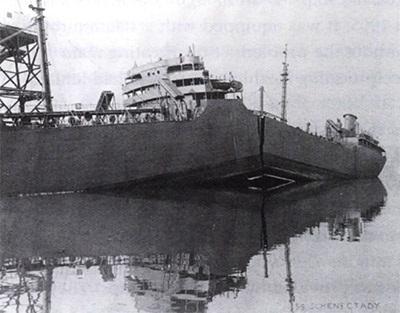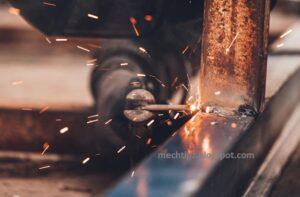The characteristic features and principal causes of incomplete root fusion are described. General guidelines on ‘best practice’ are given so welders can minimise the risk of introducing imperfections during fabrication.
Fabrication and service defects and imperfections
As the presence of imperfections in a welded joint may not render the component defective in the sense of being unsuitable for the intended application, the preferred term is imperfection rather than defect. For this reason, production quality for a component is defined in terms of a quality level in which the limits for the imperfections are clearly defined, for example Level B, C or D in accordance with the requirements of BS EN ISO 5817. For the American standards ASME X1 and AWS D1.1, the acceptance levels are contained in the standards.
The application code will specify the quality levels which must be achieved for the various joints.
Imperfections can be broadly classified into those produced on fabrication of the component or structure and those formed as result of adverse conditions during service. The principal types of imperfections are:

Fabrication:
- lack of fusion
- cracks
- porosity
- inclusions
- incorrect weld shape and size
Service:
- brittle fracture
- stress corrosion cracking
- fatigue failure
Welding procedure and welder technique will have a direct effect on fabrication imperfections. Incorrect procedure or poor technique may produce imperfections leading to premature failure in service.



![Read more about the article [WQT/WPQ] WELDER QUALIFICATION TEST / WELDER PERFORMANCE QUALIFICATIONS](https://englogs.com/wp-content/uploads/2022/09/WELDER-QUALIFICATION-TEST-WELDER-PERFORMANCE-QUALIFICATIONS-300x194.jpg)